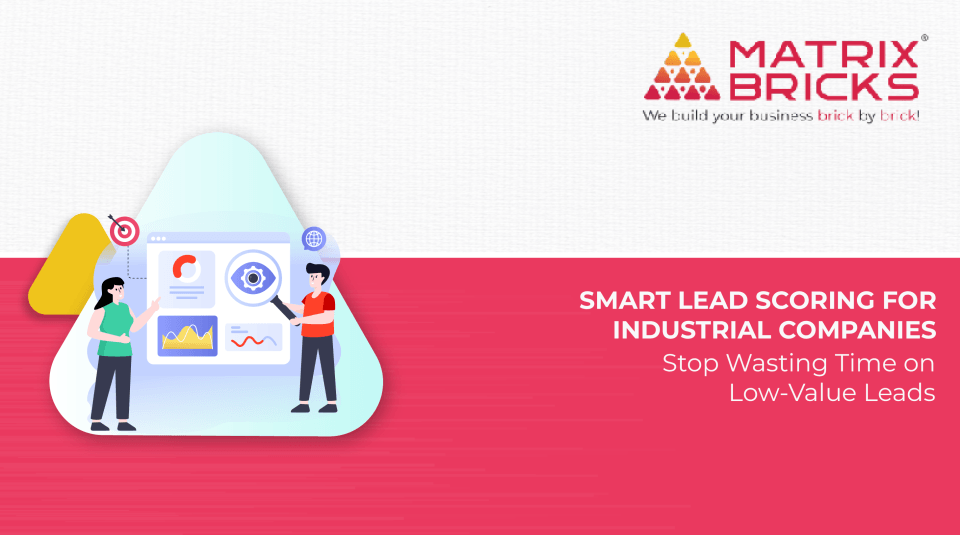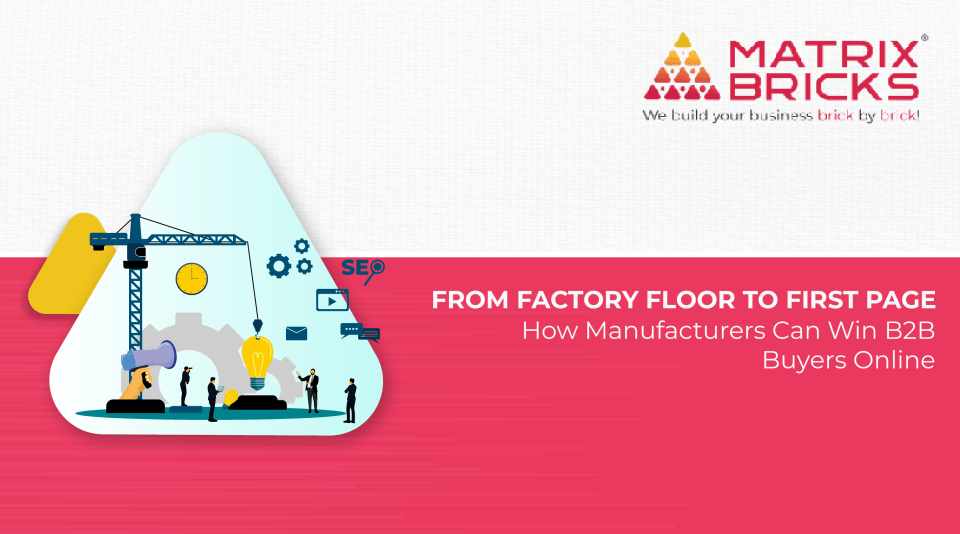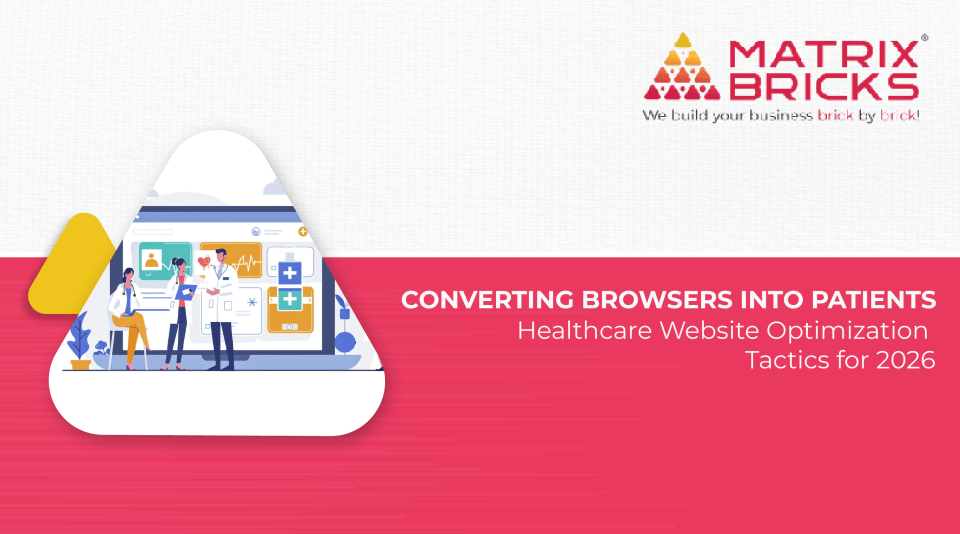
Imagine you run a business of supplying electronic items to consumers across various cities. You have Warehouses A, B, and C from which you deliver electronic items. Each warehouse utilises its own local software to manage data, as well as separate software to manage stock, staff, and orders. The accounting, procurement, and CRM teams operate in separate spreadsheets and disparate systems.
One day, your operations lead to a strange result:
- Warehouse A shows that a batch of 50 televisions is in stock.
- Warehouse B shows that those same TVs have already sold.
- The accounting system still thinks they’re in transit.
When the head office issues a sales campaign, some orders get accepted even though the stock doesn’t exist. Customers are disappointed, fulfilment delays are occurring, and your finance team is sending mixed signals to senior leadership.
The accounting, procurement, and CRM teams operate in separate spreadsheets and disparate systems.
One day, your operations lead to a strange result:
- Warehouse A shows that a batch of 50 televisions is in stock.
- Warehouse B shows that those same TVs have already sold.
- The accounting system still thinks they’re in transit.
When the head office issues a sales campaign, some orders get accepted even though the stock doesn’t exist. Customers are disappointed, fulfilment delays are occurring, and your finance team is sending mixed signals to senior leadership.
You decide to implement a unified ERP (Enterprise Resource Planning) system to break down silos. However, even after the ERP is in place, the same problems continue to crop up. Why? Because your data remains scattered across multiple systems, formats, and islands. The ERP becomes more of a bandage than a cure.
Effectively addressing these challenges requires a well-defined data strategy for digital transformation. Implementing a straightforward data strategy approach that integrates all systems, standardises information, and maintains consistency across warehouses, accounting, procurement, and CRM is key to preventing such discrepancies. Utilising advanced data strategy solutions and applying a structured data strategy framework ensures your ERP operates efficiently, delivering accurate, real-time insights and supporting smooth, coordinated business operations.

ERP data silos illustration
The Hidden Problem is Scattered Data
ERP systems promise a seamless, integrated view of business operations, from procurement and inventory to HR, finance and sales. However, many businesses find that the promise doesn’t match the reality, even after investing in expensive ERP rollouts. The fault lies in scattered data —a silent killer of ERP effectiveness and a key challenge that a proper data strategy for digital transformation aims to address.
Scattered data refers to information that is spread across various systems, tools, formats, and departments, without a unified structure or central oversight. It creeps in over time, especially as organisations grow organically, adopt new technologies, or build quick fixes to meet urgent needs. Without a strong data strategy approach, these silos continue to multiply, undermining ERP performance.
What Does Scattered Data Look Like?
- Multiple versions of the same data: A single customer could be recorded in three different formats across the CRM, billing and support systems, making consistent reporting nearly impossible without data strategy solutions.
- Departmental silos: Sales has its pipeline in a CRM, operations tracks fulfilment in a warehouse tool, and finance keeps invoice records in spreadsheets. None of this — talk to each other in real time —highlights the need for a holistic data strategy framework.
- Legacy systems that won’t die: Older systems still serve specific functions, so teams continue using them. But they become black boxes—you can’t easily extract or integrate their data.
- Custom workarounds: Teams often build their own Access databases, shared drives, or Google Sheets to handle what the ERP doesn’t. These tools accumulate critical data that sits outside the enterprise system.
- Unstructured or non-standard formats —such as PDFs, emails, text files, and Excel documents used for storing data — lack structure, making them hard to automate or integrate.
Why Is It So Dangerous?
Scattered data is not just a logistical inconvenience; it’s a strategic threat. It undermines every investment you’ve made in digital transformation and ERP integration. Here’s why:
- The ERP becomes blind: It pulls in fragmented, outdated, or duplicated data, which means the reports and dashboards it generates can’t be trusted. Implementing a robust data strategy framework ensures the ERP has accurate, real-time inputs.
- Users lose faith: When the ERP says something different from their spreadsheet or local system, users assume the ERP is wrong. Adoption collapses.
- Processes break down: Orders may be duplicated, customers may be billed incorrectly, and inventory may be misreported — all because different systems say different things.
- Compliance risks multiply: Without consistent data structures and a single source of truth, meeting audit, tax, and regulatory requirements becomes a daunting task, which a data strategy approach can help standardise.
- It makes automation impossible: If data is stored in too many places, automation and AI systems can’t function effectively; or worse, they make decisions based on bad inputs.
The Solution to the issue is Standardisation
If scattered data is the disease, data standardisation is the cure. And it is not just a technical fix, it is an organisational transformation. You are not just cleaning the data; you’re defining how the company talks, thinks, and operates using data as a shared language. Implementing standardisation is a key part of a robust data strategy for digital transformation.
Data standardisation means establishing consistent rules, formats, structures, and governance over how data is collected, stored, and used across the enterprise. A well-executed data strategy ensures these standards are consistently adopted across all departments and systems.
What does standardisation include?
Defining master data models
Identify core business entities — customers, suppliers, products, locations, employees — and define a single, enterprise-wide version of each. This includes field names, data types, relationships, and hierarchies.
Example: Ensure that every system uses “Customer_ID” consistently, avoiding variations such as “CustID,” “ClientID,” or “CID,” and that it always follows the same format. This is a critical component of data strategy solutions.
Creating and enforcing reference data
Standardise dropdown values, status codes, country codes, product categories, and other fixed data lists. Everyone in the organisation must use the same reference sets.
Example: Decide if a product status can be “Active / Inactive” or “Available / Discontinued / Backorder.” Pick one and roll it out universally. This aligns with the principles of a comprehensive data strategy framework.
Cleansing and deduplicating the existing data
User data profiling tools to find and remove duplicates, fix format inconsistencies, and correct errors in the legacy data. It is a one-time effort, but it must be followed regularly under a structured data strategy.
Establishing data governance policies
Appoint data owners for the critical data sets. Define clear roles and rules for who can create, modify, and delete records, and how changes are tracked and managed.
Data stewardship ensures accountability, preventing data from reverting to chaos.
Deploying a single point of truth
Centralise standardised data into a master data repository, such as Dataverse or a well-governed warehouse. Ensure all ERP modules draw from this source, not their local versions.
This prevents duplication and gives the user the same trusted view.
Integrating validation rules and automation
Enforce data entry standards through validations, workflows, and automated checks. This ensures users can’t reintroduce insufficient data into the system.
Why It Works
Standardisation gives your ERP what it needs most: a clean, consistent, and centralised data layer. Once this is in place:
- The ERP becomes reliable because it reflects a single version of the truth.
- Teams trust the system and rely on it for daily work and decisions.
- Reports and dashboards become accurate and valuable.
- Automation and analytics pipelines operate on high-quality data.
- Governance becomes proactive.
Think of standardisation as building the foundation for a skyscraper. Without it, you’re stacking bricks (data) on shifting sand. Implementing a data strategy approach ensures that this foundation is solid and sustainable for long-term growth.
Why Storage Matters
Standardisation is necessary, but not sufficient. You may also need a storage architecture that supports:
- Scalability (growing data volume over time)
- Flexibility (structured, semi‑structured, unstructured)
- Performance (fast reads/writes, low latency)
- Governance, security, versioning
- Integration with analytics, BI, and process systems
If your storage approach is weak or fragmented, even well-structured data will bottleneck, become stale or inaccessible. Storage serves as the plumbing of your data ecosystem: if the storage pipes are clogged, data cannot flow smoothly.
Hence, choosing the correct storage pattern is essential, as it serves as the bridge between your standardised data and practical usage. That’s where decisions like data lake vs dataverse (or equivalent structured repository) come in.
The choice: Data Lake vs Dataverse
| Feature / Aspect | Data Lake | Dataverse (or Structured Repository) |
| Type of Data Supported | Structured, semi-structured, unstructured (raw) | Primarily structured/tabular data; supports binary, blobs, images in some systems |
| Schema Model | Schema-on-read (schema applied at consumption) | Schema-on-write (schema enforced when data is inserted) |
| Flexibility / Agility | Very flexible — easy ingestion of new sources without strict upfront modeling | Less flexible — requires mapping and alignment to existing data model |
| Scalability | Highly scalable using cloud object storage | Scalable, but may require scaling compute and storage within DB constraints |
| Governance & Quality Risk | Higher risk of a “data swamp” if poorly governed | Stronger built-in consistency, validation, and governance |
| Performance for Analytics | Ideal for large, ad-hoc, ML, exploratory workloads | Strong for structured queries, reporting, dashboards, and real-time analytics |
| Integration with ERP / Apps | Requires connectors, ETL/ELT pipelines | Often more native or direct integration (varies by ecosystem) |
In many architectures, the approach is not strictly one versus the other — often, a hybrid architecture is used: raw data is stored in a data lake, then curated, cleaned, and structured portions are exposed via a structured repository (akin to a Dataverse or warehouse layer).
What is Dataverse in this context?
If your ERP or application stack is in ecosystems like Microsoft Power Platform/Dynamics, Microsoft Dataverse is a structured data storage and management engine built on Azure that supports robust data types, business logic, security, and integration.
It is not a “data lake” substitute, but a structured repository designed for applications and workflows. Some firms use both: raw storage in a lake for analytics, and structured operational data in Dataverse for the ERP and app layers. A strong data strategy for digital transformation often defines how both layers coexist and interact.
Which one to pick
Choosing between a data lake and a data vault /structured repository is not binary. Here are some decision criteria and guidelines to help align with a comprehensive data strategy approach:
1. Nature of Your Data & Use Cases
- If you heavily rely on analytics, machine learning, large-scale, semi-structured, or unstructured data, then a data lake (or a hybrid approach) becomes essential.
- If your workflows are primarily structured, relational, real-time transactional, and tightly coupled to business apps, a Dataverse/structured repository is more suitable.
2. ERP / Platform Compatibility
- If your ERP system or ecosystem (e.g. Dynamics + Power Platform) can integrate natively with Dataverse, that simplifies architecture and reduces bridging overhead.
- On the other hand, if your analytics stack is built around big data, a data lake will better align with your needs.
3. Governance, Trust, and Data Quality
- If your organisation struggles with discipline or data governance is nascent, using a more structured system (e.g., Dataverse or a strongly typed DB) helps enforce rules early.
- But for scale, you must build governance layers over your lake, or risk a data swamp.
- A well-designed data strategy framework addresses governance, quality, and trust across all storage layers.
4. Scalability & Cost Considerations
- Data lakes often offer lower cost per TB (because you store raw data and decouple compute)
- But processing, indexing, query engines, and governance add overhead.
5. Hybrid Approaches
- Consider a layered architecture: Raw data → staging lake → curated zone → structured repository (Dataverse or warehouse)
- That gives you the agility of a lake and the operational reliability of a structured layer.
Recommendation Approach
Begin with the standardisation of your data model (master data, reference data) before selecting storage.
- Use the lake to ingest all raw data sources, apply transformations, and maintain a “golden copy” of the data.
- Expose structured data to ERP / operational apps via a Dataverse or structured data store.
- Ensure metadata, catalogue, governance, and indexing across both layers so that users can discover and trust data.
Suppose your organisation already uses, or plans to use. In that case, the Microsoft stack (Dynamics, Power Apps, Dataverse, Azure), then Dataverse, along with a supporting lake architecture, is often the pragmatic path within a robust data strategy for digital transformation.
How to Implement the Fix: From Scattered to Unified
Here is a high-level roadmap to fix the scattered data problem and support your ERP with a sound architecture, aligned with a strong data strategy for digital transformation.
Data Audit & Discovery
- Identify all data sources, including spreadsheets, legacy systems, departmental tools, and APIs.
- Map overlap, duplication, inconsistencies, and formats.
- This step lays the foundation for a robust data strategy.
Define Data Model & Standards
- Establish master entities (customer, product, transaction, etc.).
- Define naming rules, field types, allowed values, and reference catalogues.
- Standardisation here is central to data strategy solutions, ensuring consistency across all systems.
Set Up a Landing / Ingestion Layer
- Use your data lake (or staging area) to ingest raw data without heavy transformation.
Build Transformation & Cleansing Pipelines
- Apply standardisation logic: deduplication, mapping, validation, and reference alignment.
- Generate the “trusted dataset” zone.
Expose Structured Layer
- Feed cleaned data into Dataverse (or your ERP’s structured repository).
- Ensure that applications, user interfaces, and operations use only this structured layer, not raw sources.
Govern, Monitor & Iterate
- Assign data stewards, define roles.
- Use data catalogue, metadata, and lineage tracing.
- Monitor data quality KPIs and iterate regularly, a core principle of any data strategy framework.
User Adoption & Training
- Show users why they can now trust the ERP data.
- Enforce that no manual spreadsheets or shadow tools are used once the system is stable.
- Adoption ensures that the ERP truly functions as the central axis of your operations, fulfilling the goals of data strategy solutions.
When this pipeline is in place, your ERP won’t “die” from scattered data — it becomes the trusted central axis of your operations.
When this pipeline is in place, your ERP won’t “die“ from scattered data — it becomes the trusted central axis of your operations.
FAQs
Can I skip a data lake and just centralise everything into Dataverse?
Yes, if your data volume is moderate and your sources are mostly structured and compatible with the ERP ecosystem, you can ingest directly into Dataverse. But that limits flexibility for large, unstructured or exploratory analytics. A combined approach (lake + structured) is safer in the long term and aligns with a comprehensive data strategy for digital transformation.
How do I prevent my data lake from becoming a “swamp”?
You prevent swamp by enforcing metadata, cataloguing, governance, indexing, quality rules, lineage tracing and curation layers. Without governance, a lake loses usability. Applying these practices is a critical part of a structured data strategy framework.
Is Dataverse just Microsoft’s proprietary storage?
In many cases, yes — Dataverse is part of Microsoft’s ecosystem (Power Platform, Dynamics). But the concept (a structured data store with logic, relationships, and governance) applies broadly across platforms and should be considered in any data strategy for structured operational data.
What order should I follow—standardisation first, or storage choice first?
Start with standardisation (data model, governance). After your data definitions are finalised, choose or build the storage architecture (lake or repository) that best suits those models.
What’s the most considerable risk during this transformation?
User pushback and incomplete adoption. Even with perfect architecture, if users continue to use spreadsheets or parallel systems, the scattered data problem resurfaces. Effective change management and communication are essential to realise the full value of a data strategy for digital transformation.





